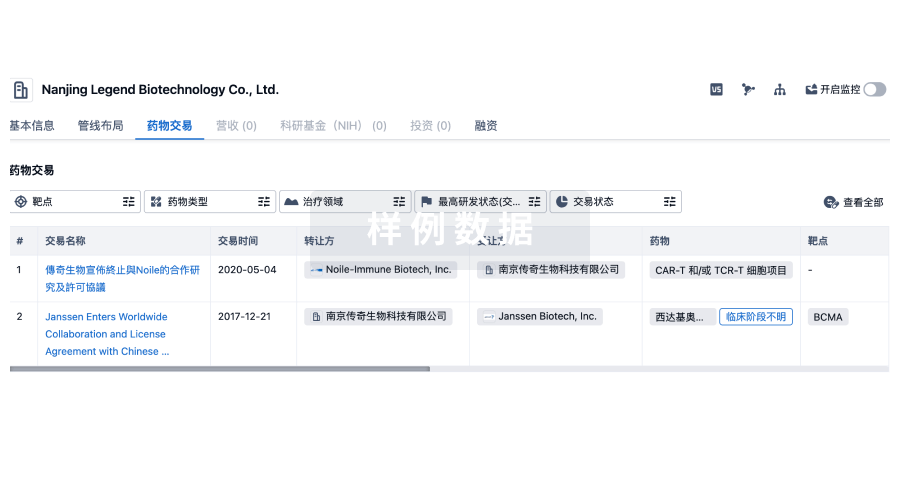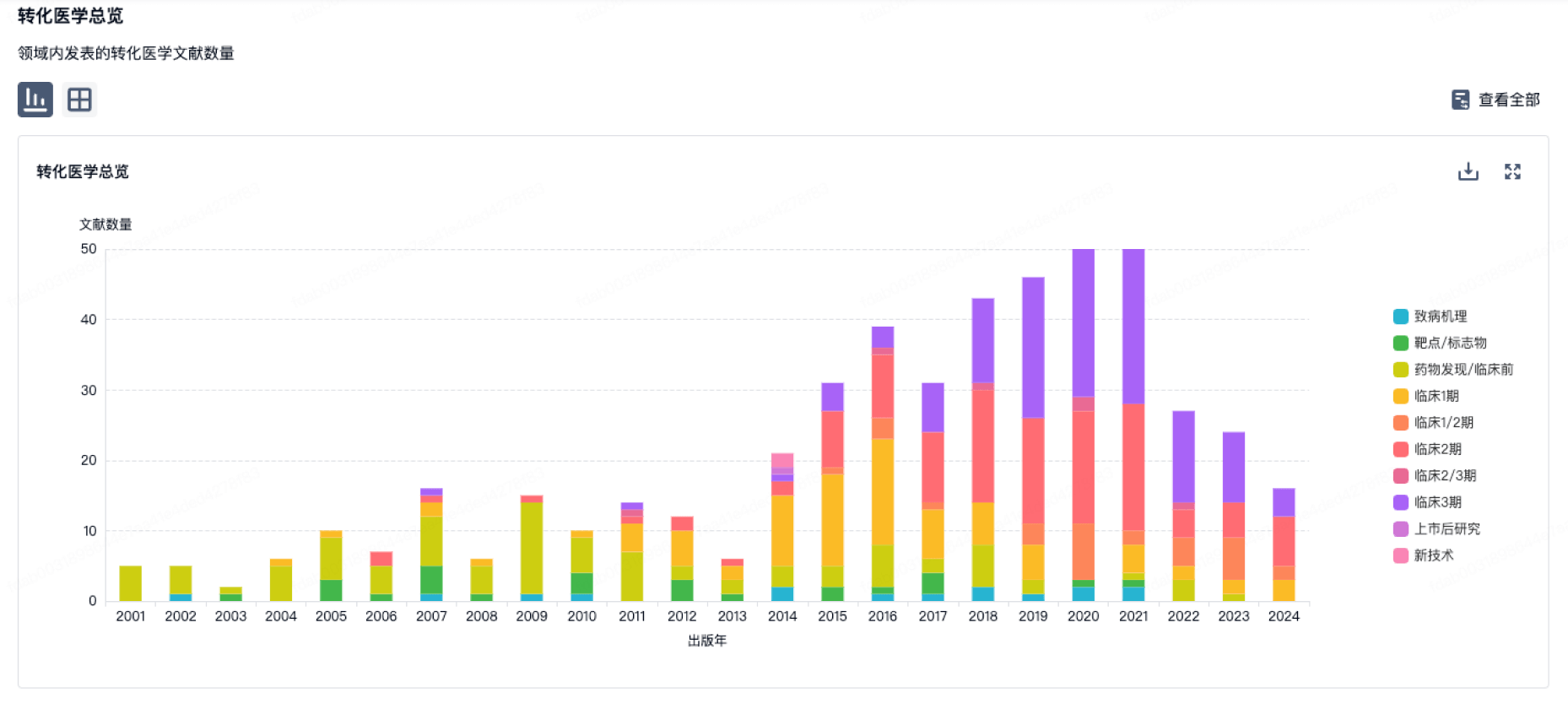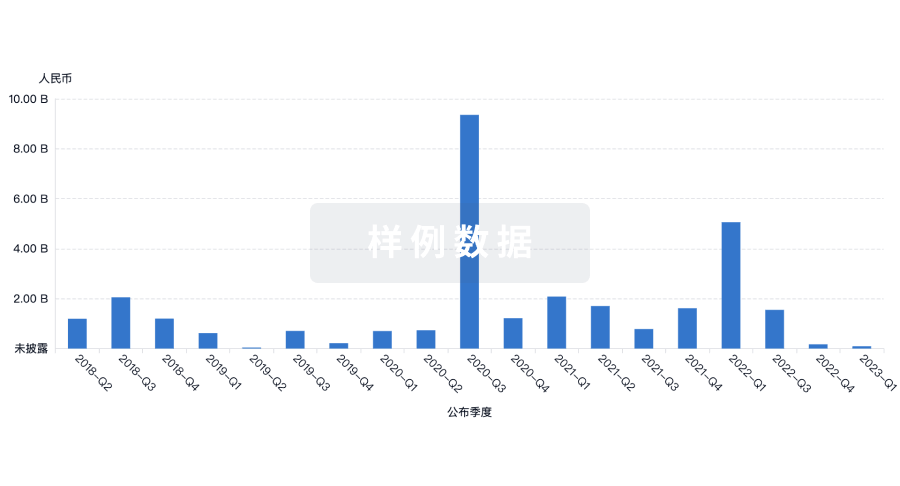预约演示
更新于:2025-05-07

Amman Arab University
更新于:2025-05-07
概览
关联
100 项与 Amman Arab University 相关的临床结果
登录后查看更多信息
0 项与 Amman Arab University 相关的专利(医药)
登录后查看更多信息
558
项与 Amman Arab University 相关的文献(医药)2025-05-01·International Journal of Biological Macromolecules
Development of a schiff base-chitosan-vanillin/hydroxyapatite composite for effective brilliant green dye removal: Characterization, adsorption modeling, and cost analysis
Article
作者: Abualhaija, Mahmoud ; Abdullah, Samaa ; Abdulhameed, Ahmed Saud ; Altamimi, Abeer A ; Algburi, Sameer
2025-04-25·WSEAS TRANSACTIONS ON BUSINESS AND ECONOMICS
The Moderating Effect of Financial Literacy on the Relationship between Financial Technology and Firms' Performance
作者: Alkarasneh, Huthaifa Mahmoud ; Bshayreh, Mohamed Mahmoud ; Qawqzeh, Hamza Kamel ; Qassim, Amal Abdulmajeed ; Al Dabbas, Yazeed Jamal
2025-04-16·WSEAS TRANSACTIONS ON MATHEMATICS
Fixed Point Theorem in MR-metric Spaces VIA Integral Type Contraction
作者: Malkawi, Abed Al-Rahman M.
100 项与 Amman Arab University 相关的药物交易
登录后查看更多信息
100 项与 Amman Arab University 相关的转化医学
登录后查看更多信息
组织架构
使用我们的机构树数据加速您的研究。
登录
或

管线布局
2025年12月01日管线快照
无数据报导
登录后保持更新
药物交易
使用我们的药物交易数据加速您的研究。
登录
或

转化医学
使用我们的转化医学数据加速您的研究。
登录
或

营收
使用 Synapse 探索超过 36 万个组织的财务状况。
登录
或

科研基金(NIH)
访问超过 200 万项资助和基金信息,以提升您的研究之旅。
登录
或

投资
深入了解从初创企业到成熟企业的最新公司投资动态。
登录
或

融资
发掘融资趋势以验证和推进您的投资机会。
登录
或

生物医药百科问答
全新生物医药AI Agent 覆盖科研全链路,让突破性发现快人一步
立即开始免费试用!
智慧芽新药情报库是智慧芽专为生命科学人士构建的基于AI的创新药情报平台,助您全方位提升您的研发与决策效率。
立即开始数据试用!
智慧芽新药库数据也通过智慧芽数据服务平台,以API或者数据包形式对外开放,助您更加充分利用智慧芽新药情报信息。
生物序列数据库
生物药研发创新
免费使用
化学结构数据库
小分子化药研发创新
免费使用